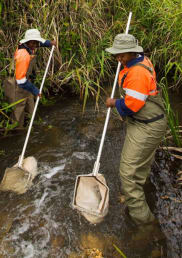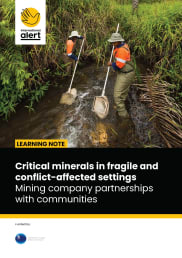Inclusive peace in Muslim Mindanao: Revisiting the dynamics of conflict and exclusion
This paper argues that the problem of conflict in a post-conflict context is caused by the exclusionary political economy that is developed and sustained through a complex system of contest and violence.
The people of Mindanao in the southern Philippines have been suffering the effects of violent conflict for over 30 years, at a cost of at least 120,000 dead, and the displacement of an estimated two million people. There have been peace agreements, in particular the agreement between the Government of the Republic of the Philippines (GRP) and the Moro National Liberation Front (MNLF) in 1996, but these agreements have failed to secure a lasting peace. Indeed, the evidence points to an increase in violence following the 1996 settlement.
This paper sets out a case that explains why there is ‘so much conflict in the post-conflict moment’. It argues that at the core of the problem is the exclusionary political economy that is developed and sustained through a complex system of contest and violence.
Rebellion-related violence relating to the ‘vertical’ armed challenges against the infrastructure of the state combines with inter- or intra-clan and group violence relating to ‘horizontal’ armed challenges between and among families, clans and tribes. These two types of conflict interact in ways that are poorly understood and which sustain conditions serving the interests of those with access to economic and political power and exclude the majority of those in Mindanao from opportunities to improve their lives.
The authors argue that the region’s underdevelopment can no longer be ascribed solely to the colonial and post-colonial exploitation of the region and discrimination towards Muslims and indigenous people, but must also be connected to the shifting balance of economic and political power within Bangsamoro society itself.






